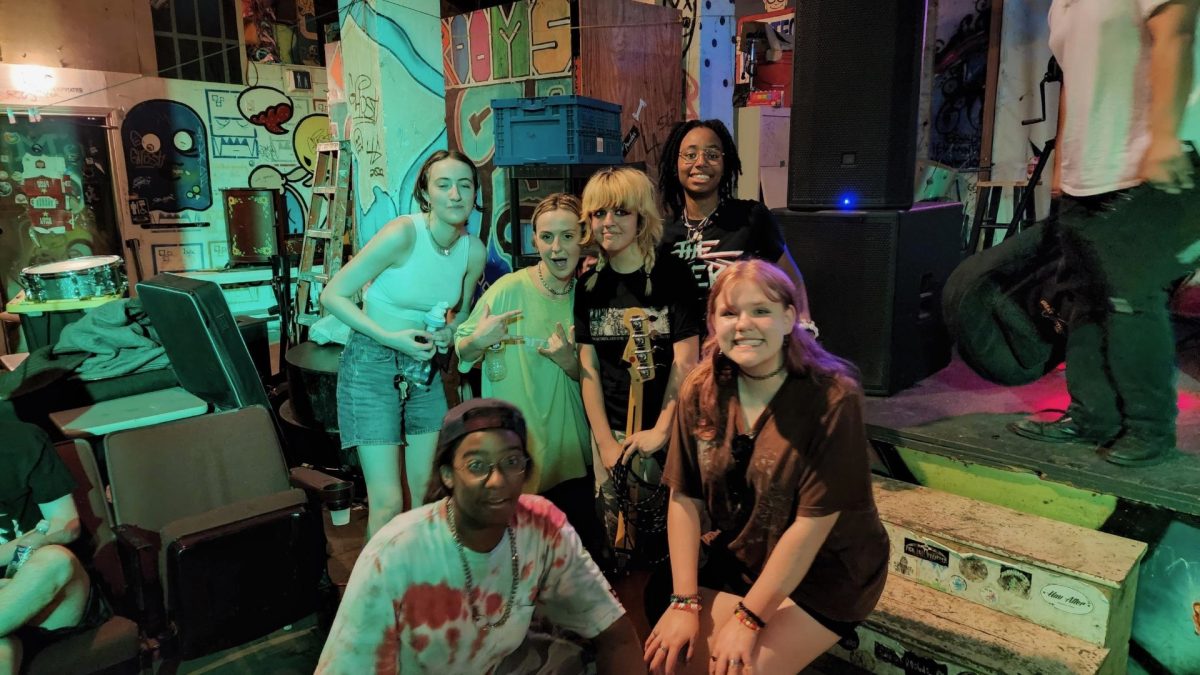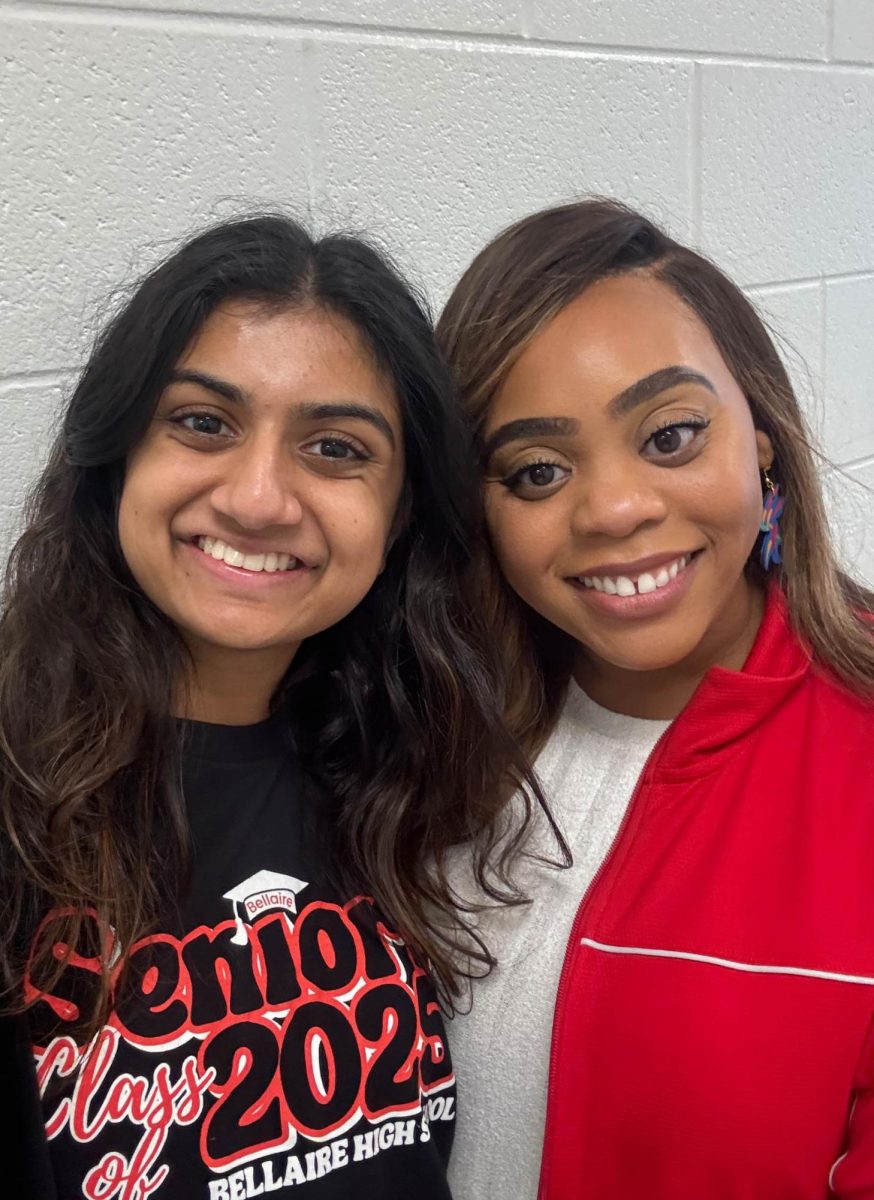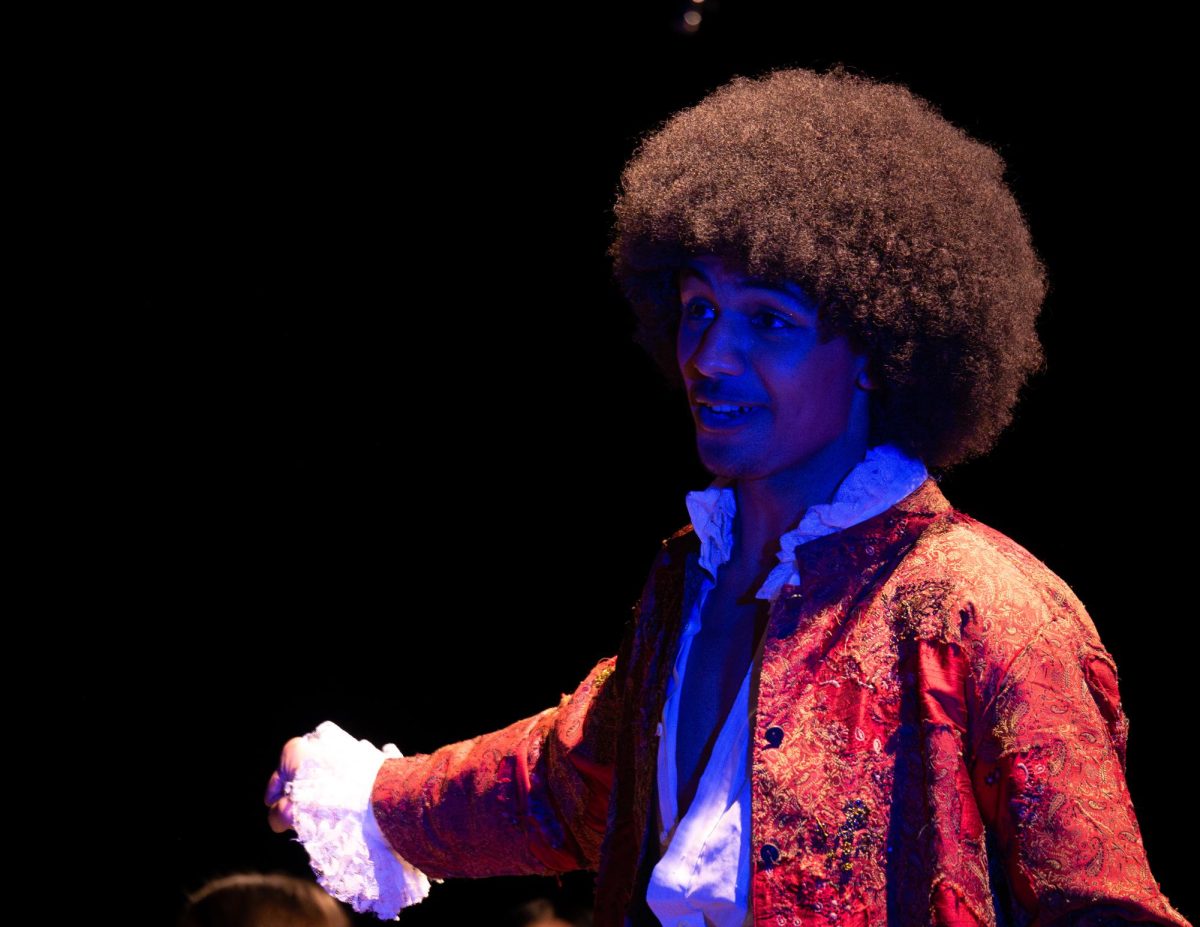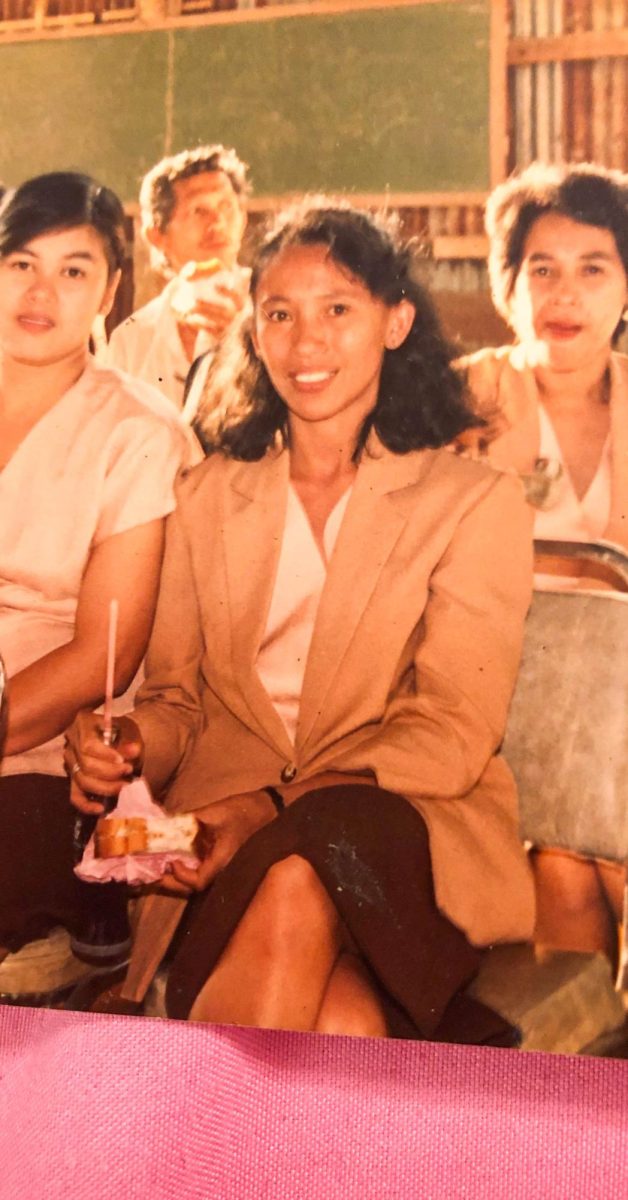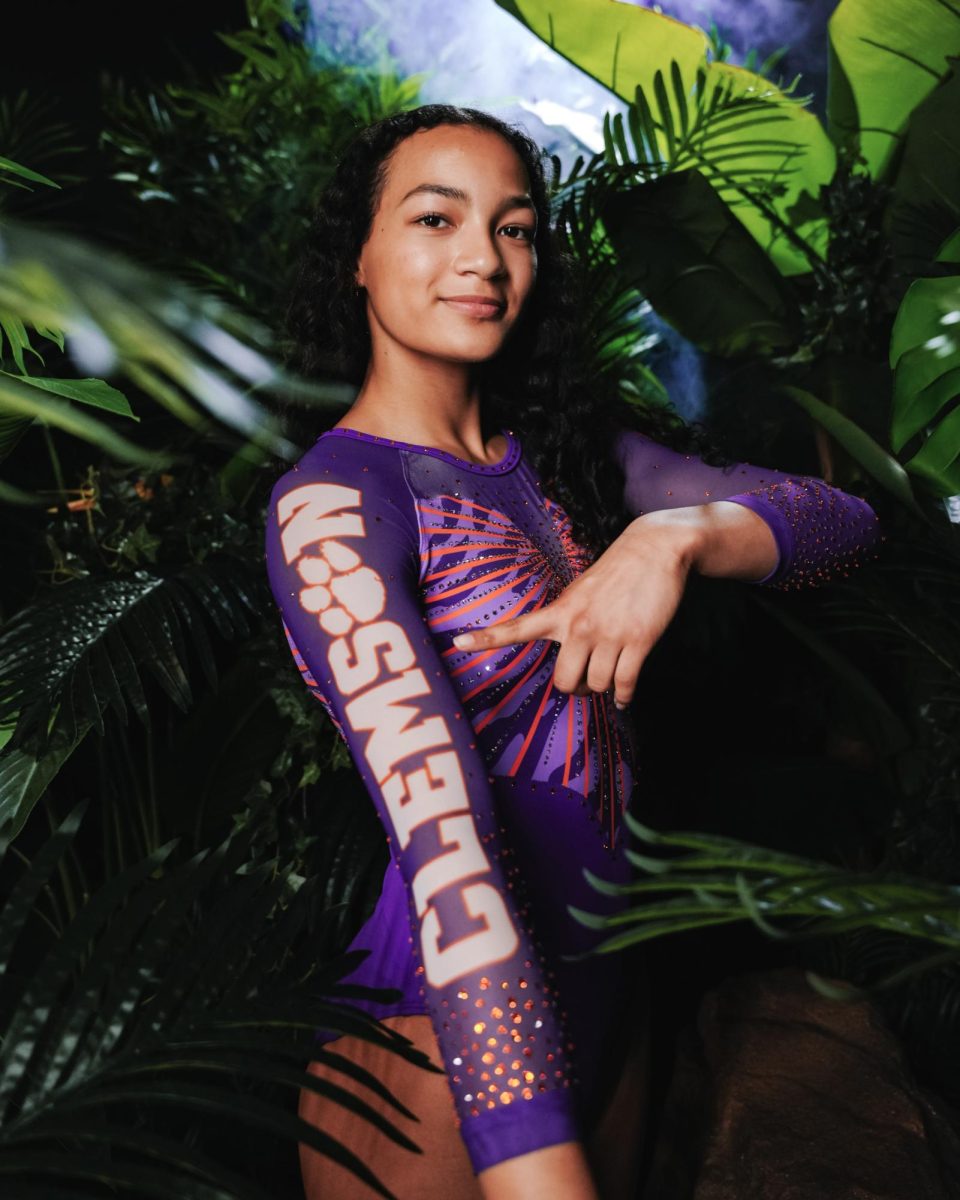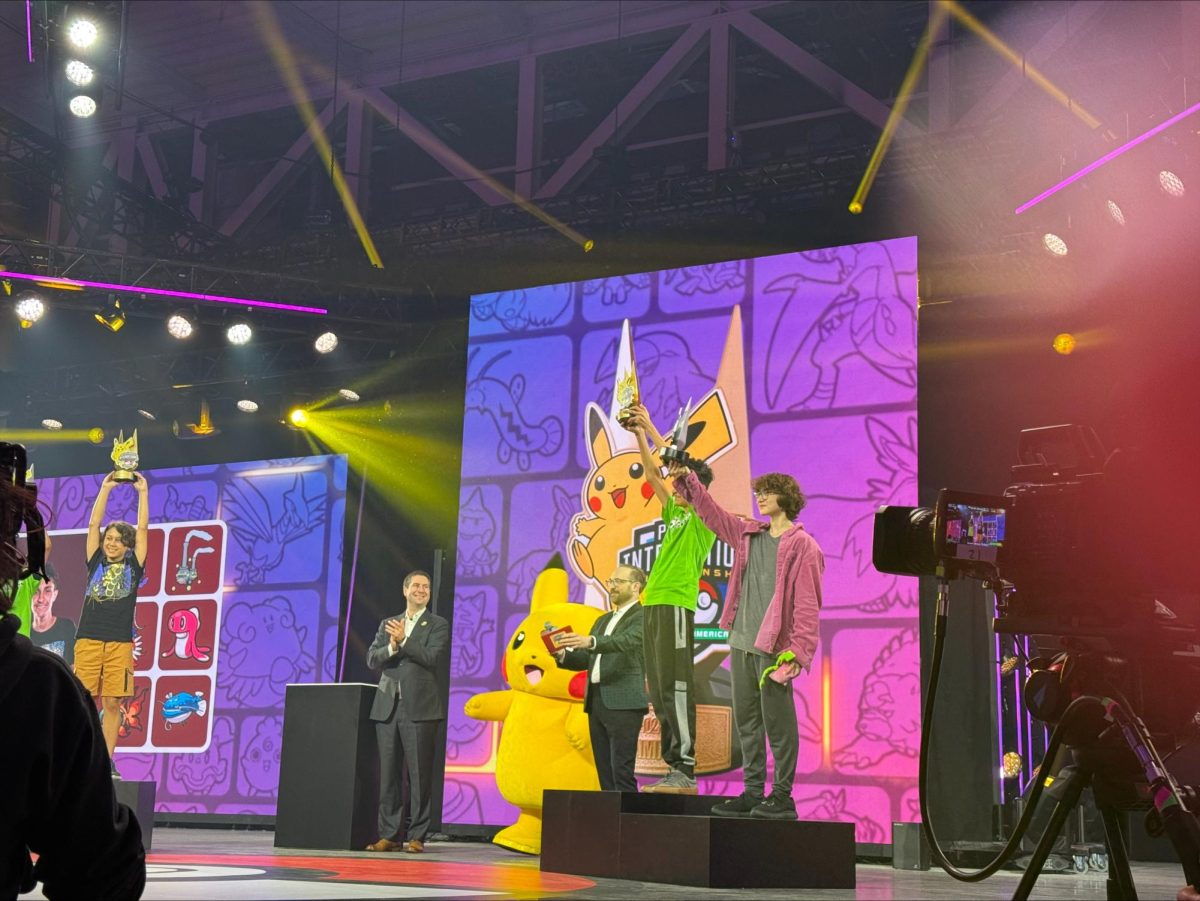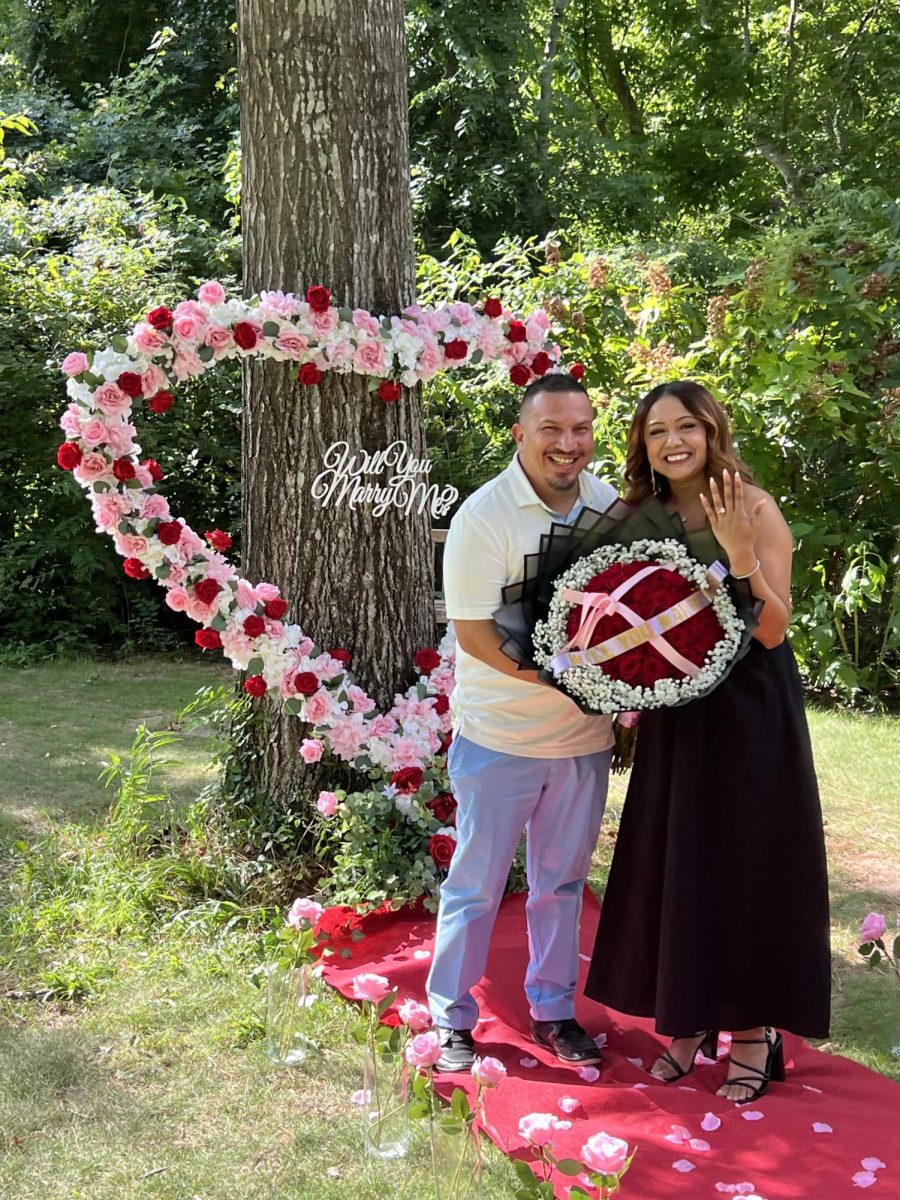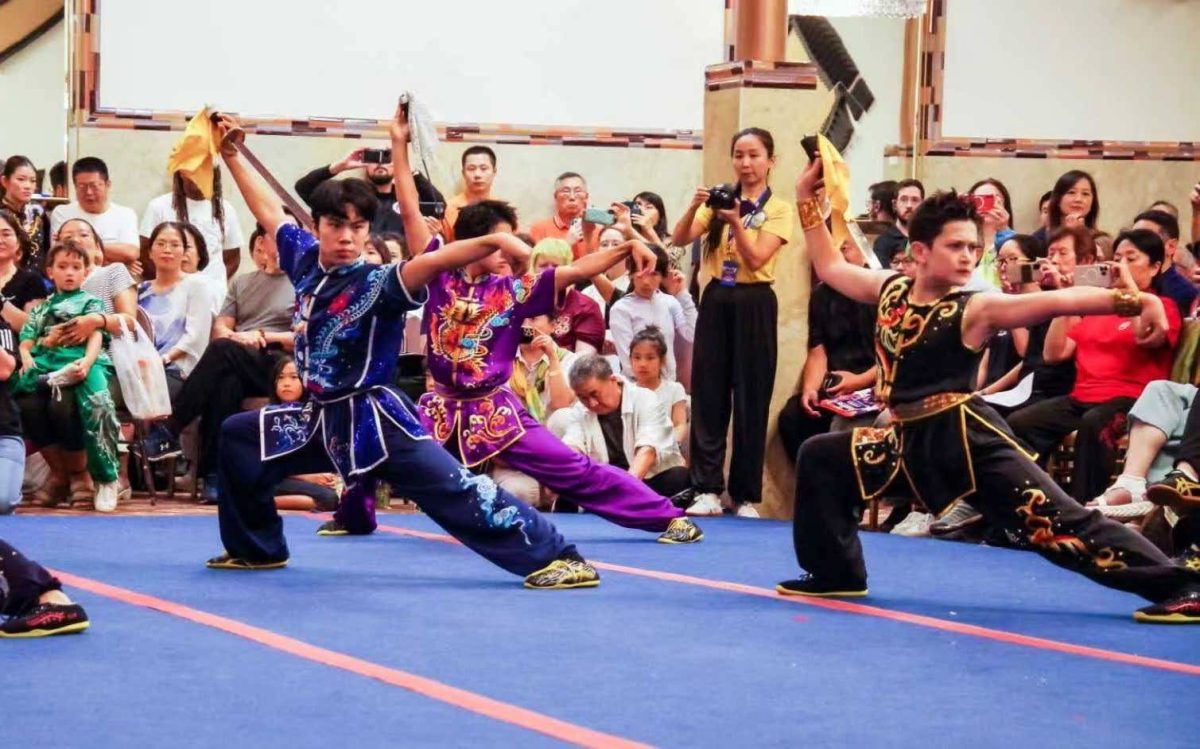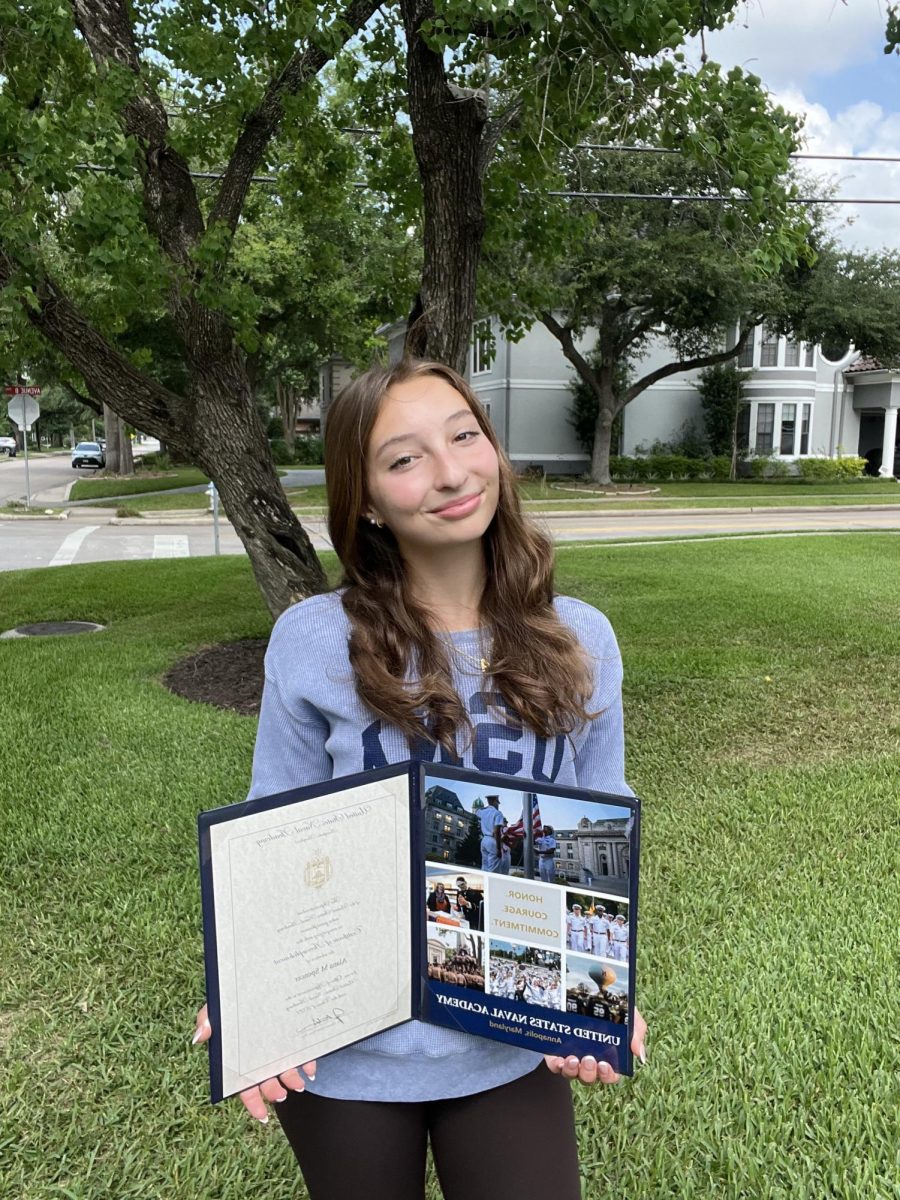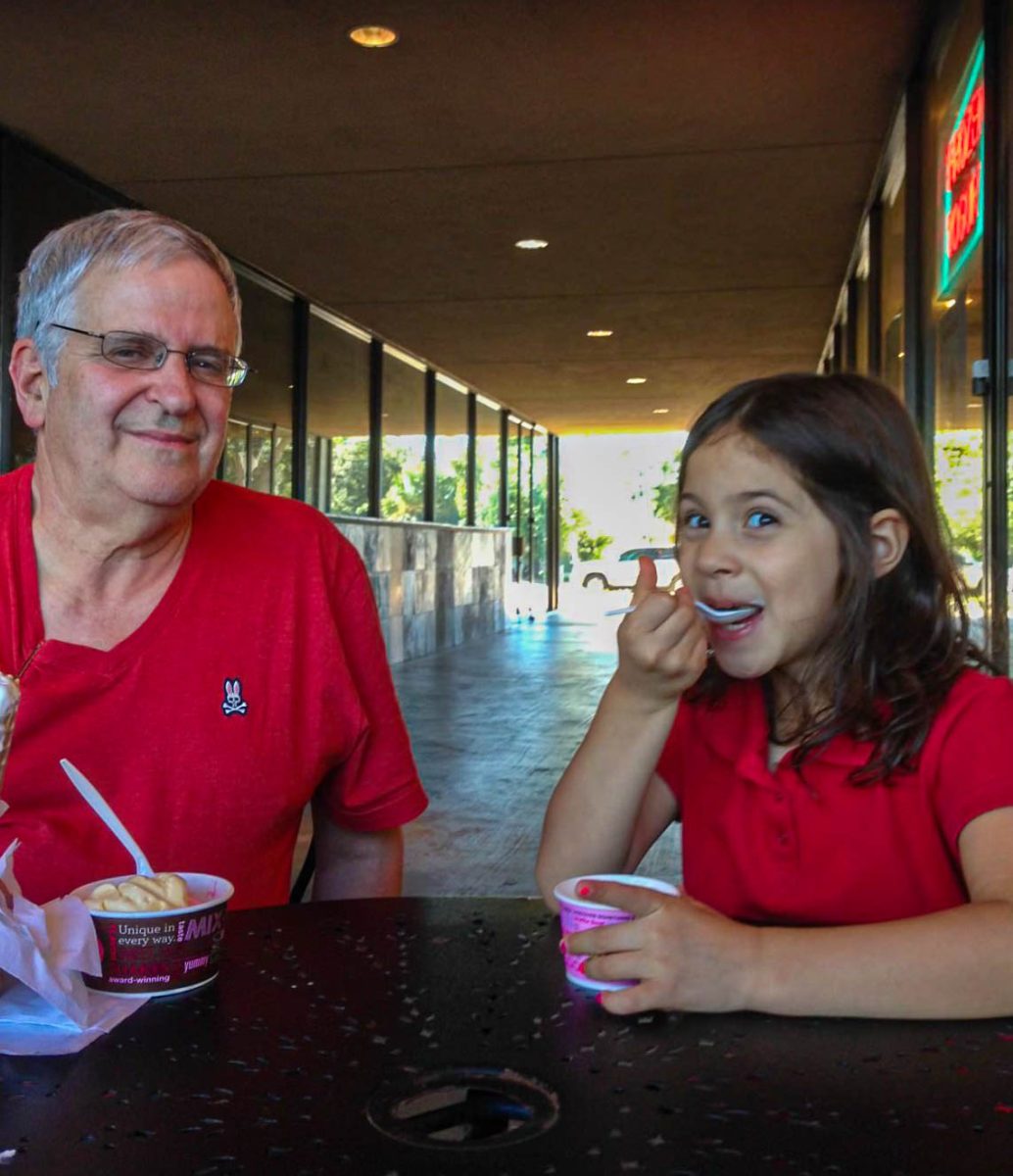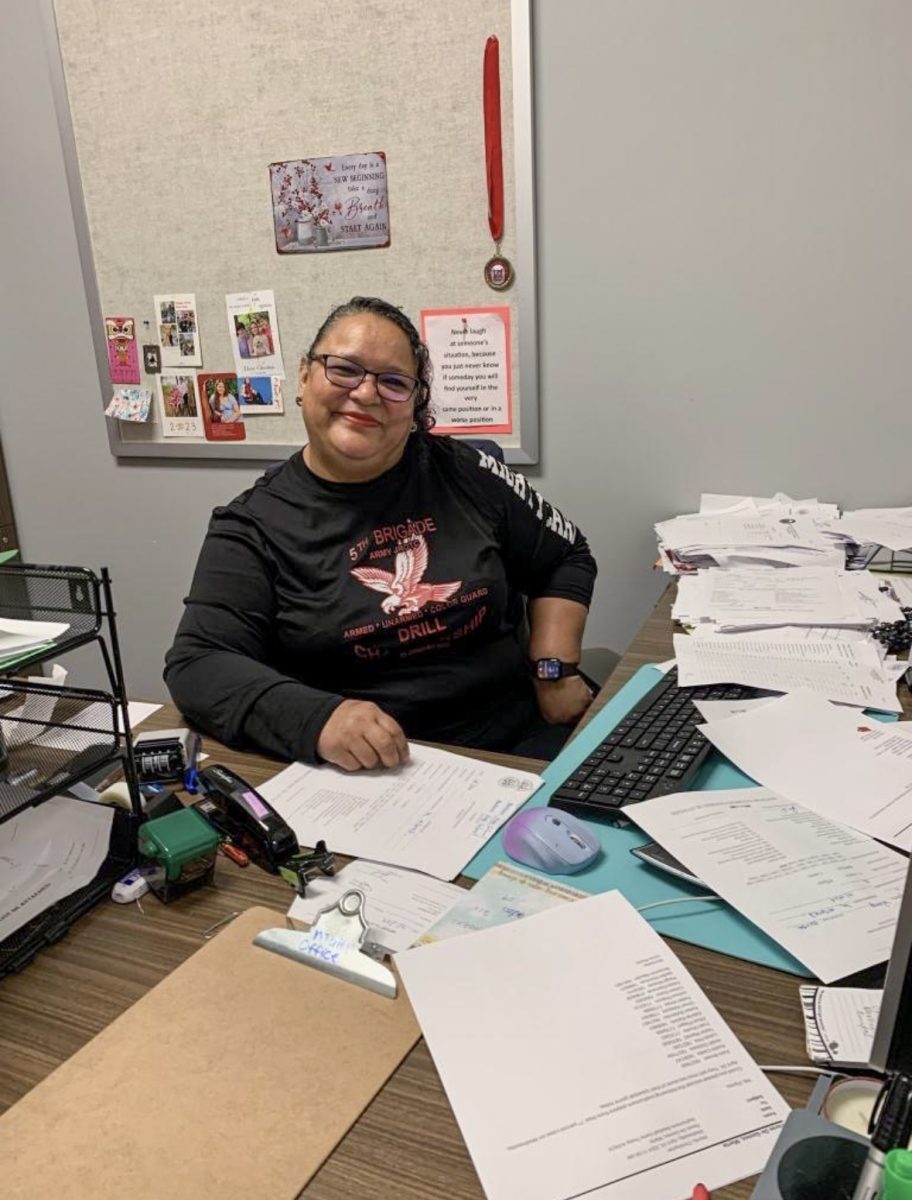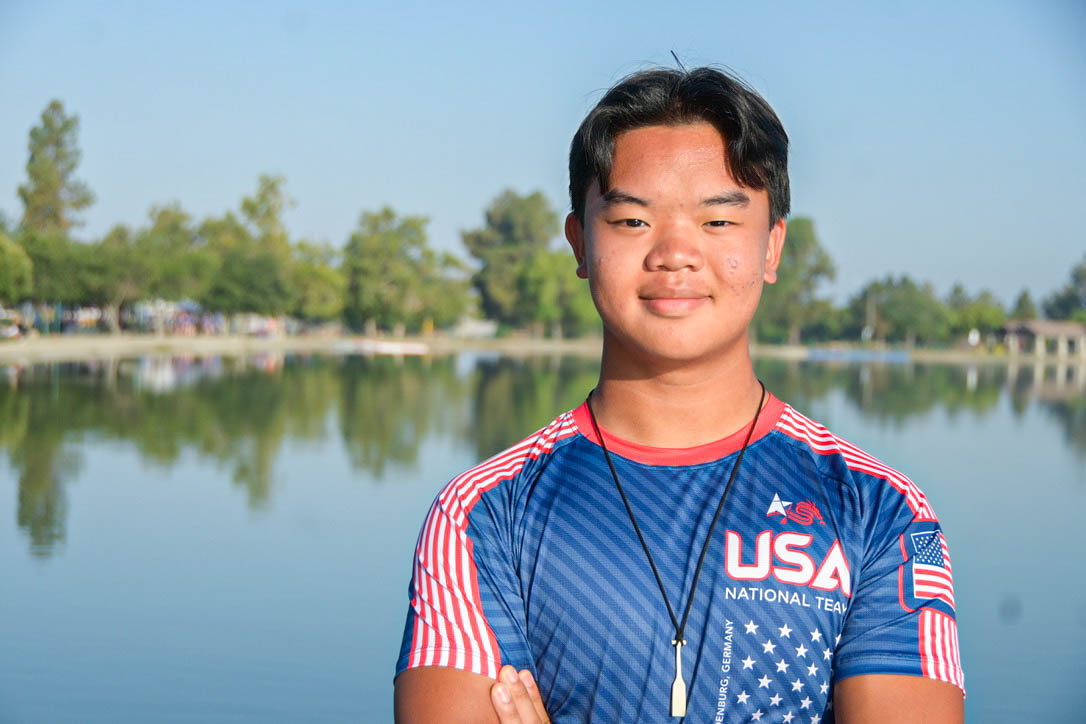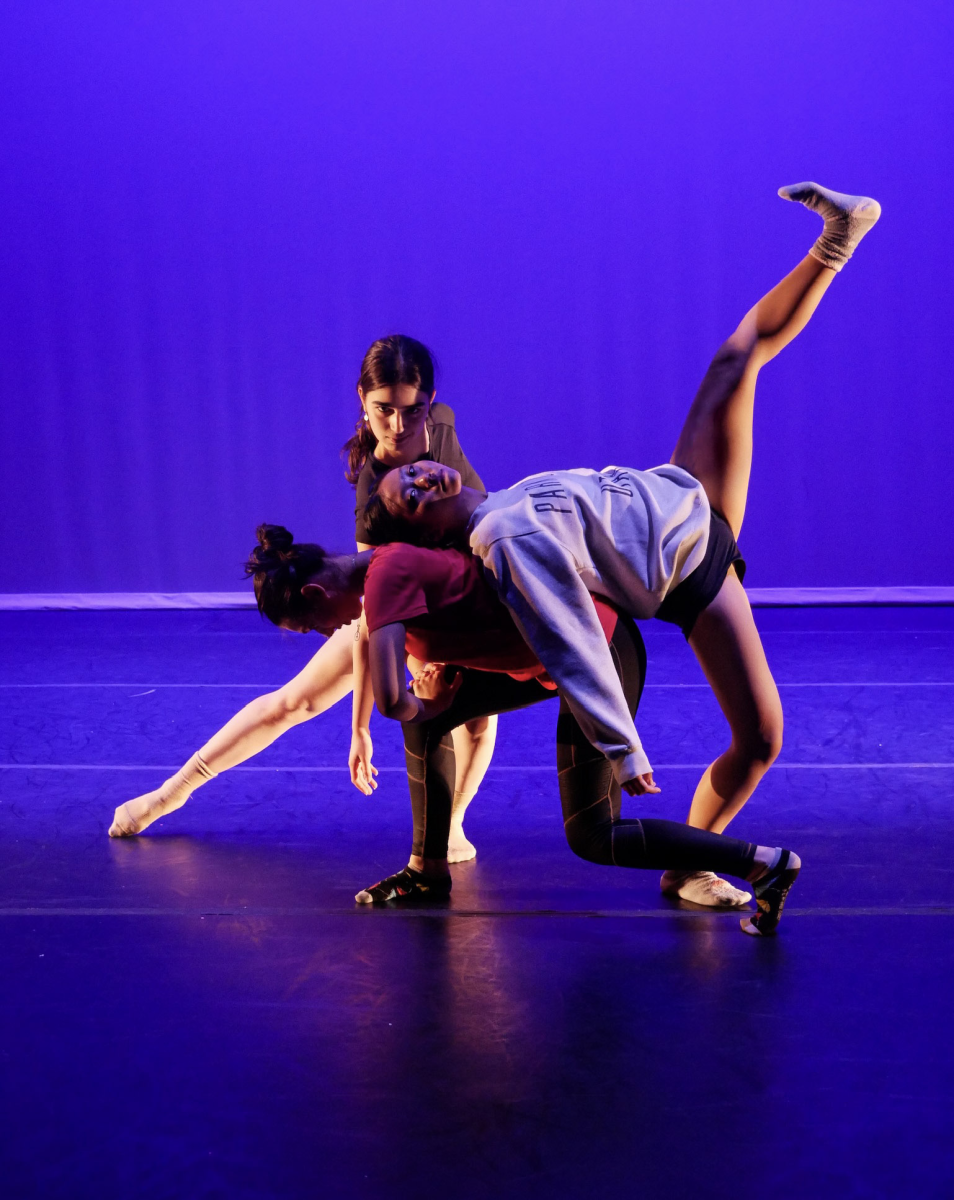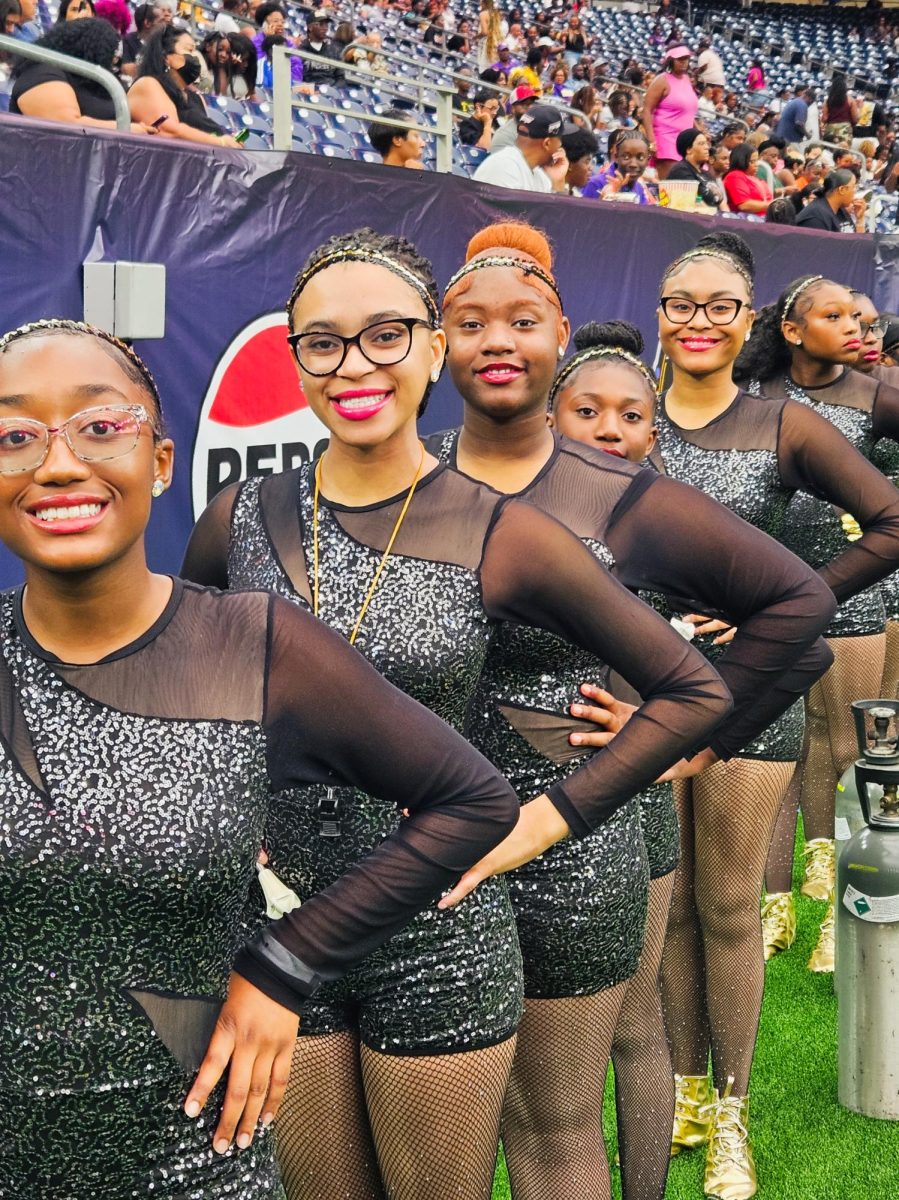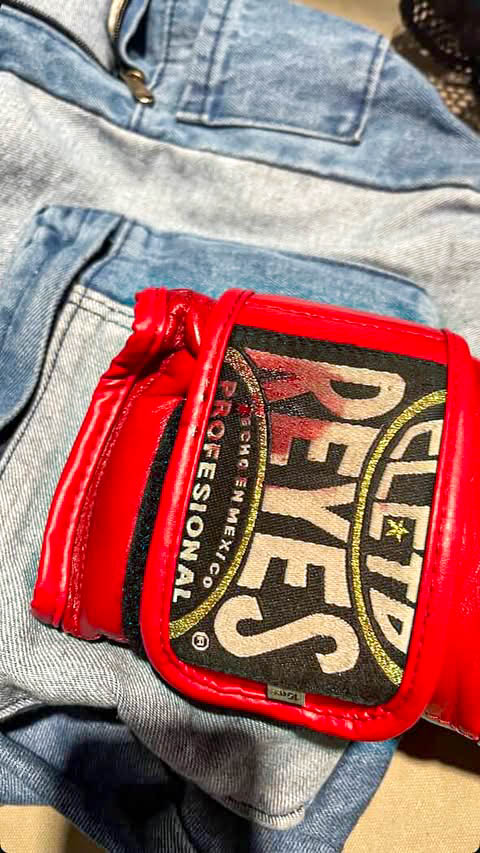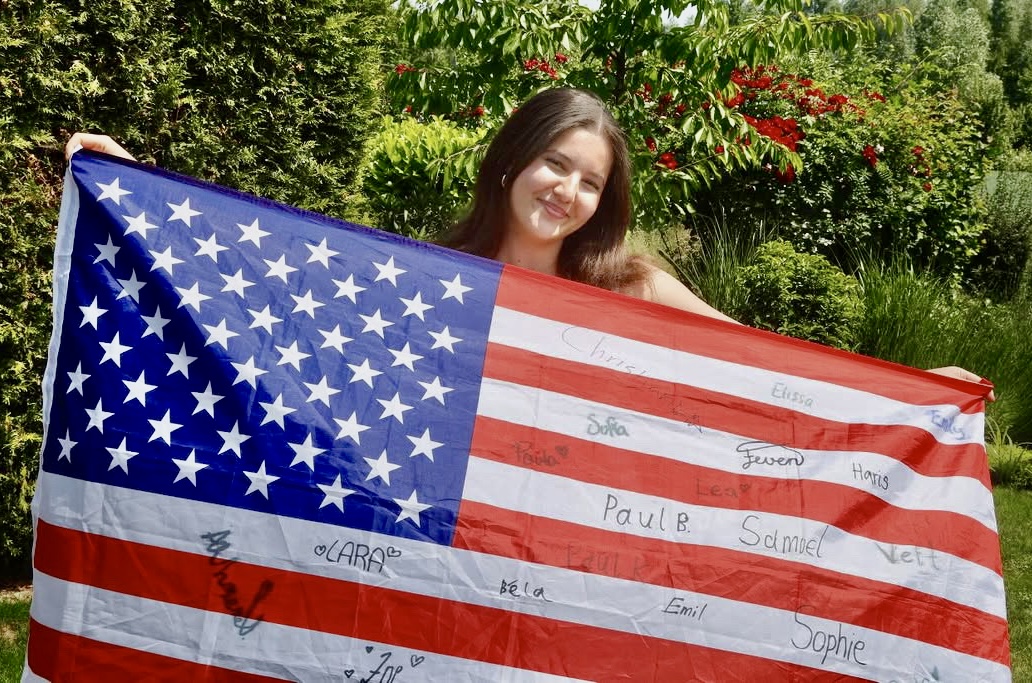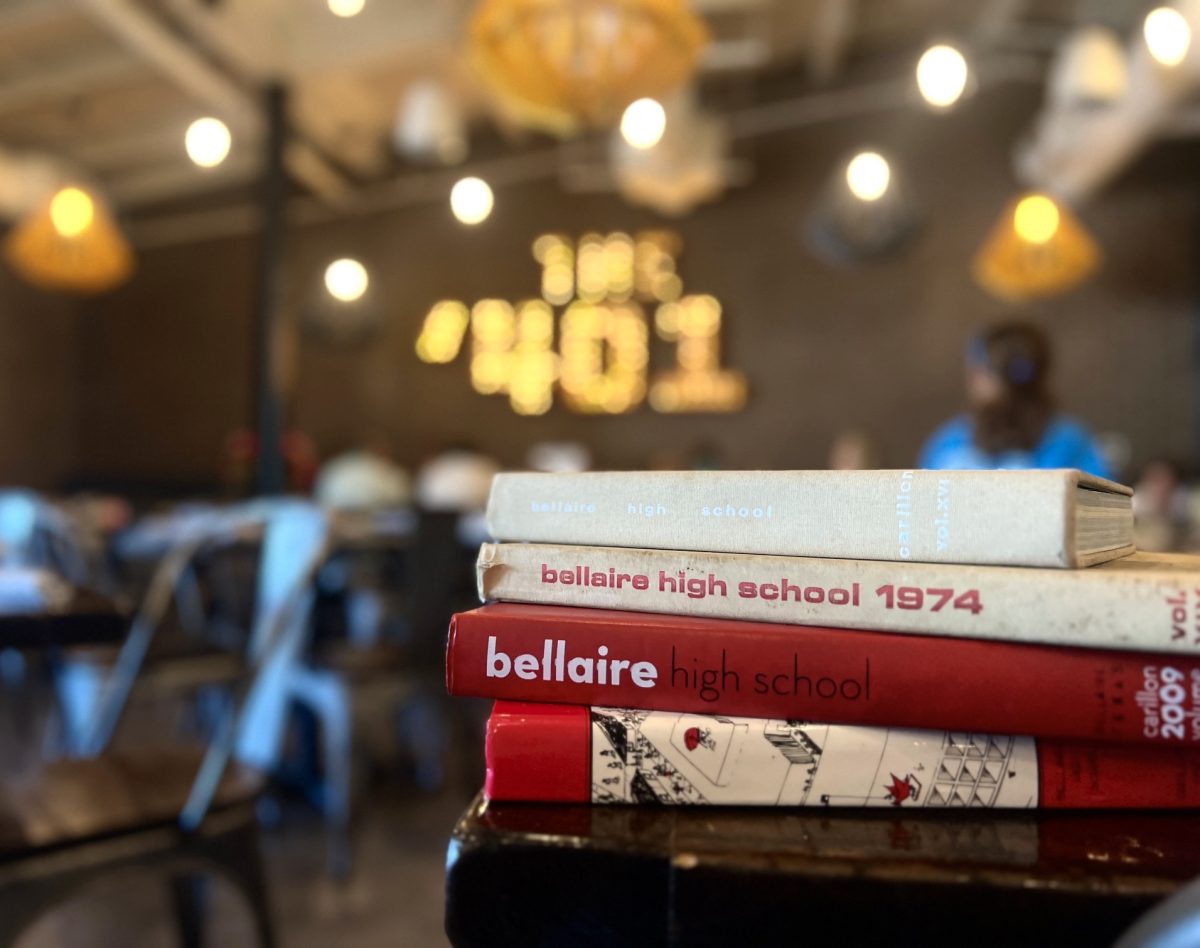Walking into the dark, hot and lightly packed venue, junior Adrien Starks was anxious to fit in. He was going to see his favorite bands: Trashkat, Your Disorder and Pinkie Promise.
But as the night went on, Starks began to loosen up, dancing with others there and even getting into the pit, a typically crowded area closer to the stage.
“[At my first concert,] I was nervous at first to look cool but I realized that it’s not about looking cool,” Starks said. “It’s about being yourself and not really caring what others think.”
Starks listens to indie folk, rock, R&B and rap. However, the concerts he loves to go to are hardcore punk and riot grrrl shows. Hardcore punk is essentially bands with loud, fast paced music, sharp or rough sounding lyrics and an emphasis on minimalist or “stripped down” instrumentals with bass guitars and drumming. Riot grrrl is “an encapsulating” subgenre of punk with a bigger emphasis on feminism and political issues, most popular in the 1970s.
A part of how Starks got into the punk scene was because of AP Language teacher Jennifer Blessington— “his favorite [teacher] ever”– who had a book signing for “Moxie” at the Orange Show. Pinky Promise, a new queer punk band that started two years ago, was playing there.
“Pinkie Promise is what got me into the scene,” Starks said. “I loved their music and wanted to go see where they were playing, so I had my father drop me off at very sketchy establishments to see them and other bands.”
Starks has all the merch from Pinky Promise. Hearing the opening to their signatureー yet to be releasedー song, “Super Not Legal Pool Party,” Starks always feels a shiver of excitement.
“I love Pinkie Promise,” Starks said. “I was there at their first show after they got out of their ‘Girls Rock Camp’ that they started in and I’ve been a fan ever since.”
Starks’s first time going to a concert was at Super Happy Fun Land. Concerned, his dad came alongside him to get a scope of the place to judge if it was safe and ended up “looming in the corner, staring at people.”
“Which– when your dad is really, really, obviously a cop– it doesn’t make people want to talk to you,” Starks said. “So I said, ‘Thanks, dad, but you’re not invited to any more shows.’”
After that Starks started going to various venues, the House of J being his favorite. It was previously shut down due to its complaints about noise and the teenager-attendees in an otherwise residential area, but it is back up and hosting bands again.
A lot of the shows that Starks goes to are free or community-funded, but many also function as fundraisers for crowdsourcing, feeding the homeless and helping families of past riot grrrl artists and fans with memorials.
“I’d say it’s a tight-knit community,” Starks said. “It’s helped a lot of people and it’s helped me discover myself within the queer and punk community because I didn’t know many people who were like me.”
It’s helped Starks in writing and poetry, posting at @worldsokayestpoet.
“A few cool folks that got me into the scene are people who run their own zines, newsletters and poetry collections, which inspired me to write more about my identity and my life, even if mundane,” Starks said. “But my biggest and most frequent muse is my girlfriend, Oli, who has never failed to provide me with a source to write about.”
Now Starks is planning to start his own band this summer alongside her.
“I want to get more involved so people don’t call me a poser [for not going to as many concerts as others,]” Starks said.
To start getting into riot grrrl and hardcore/punk music scenes, Starks recommends reading up on social issues.
“You cannot call yourself punk and not understand your privilege,” Starks said. “Punk was built on being outside of the norm, so if you come from a background of privilege, you need to use it to help other people.”



